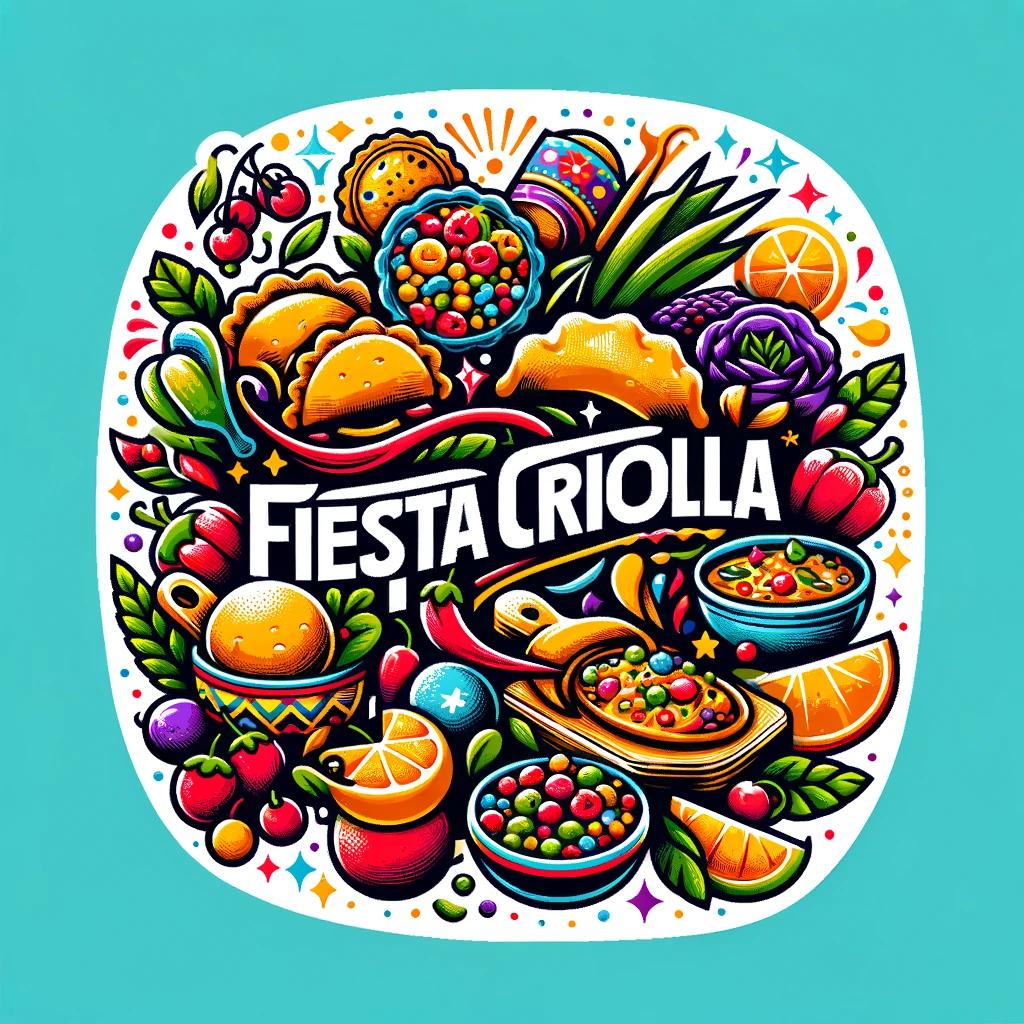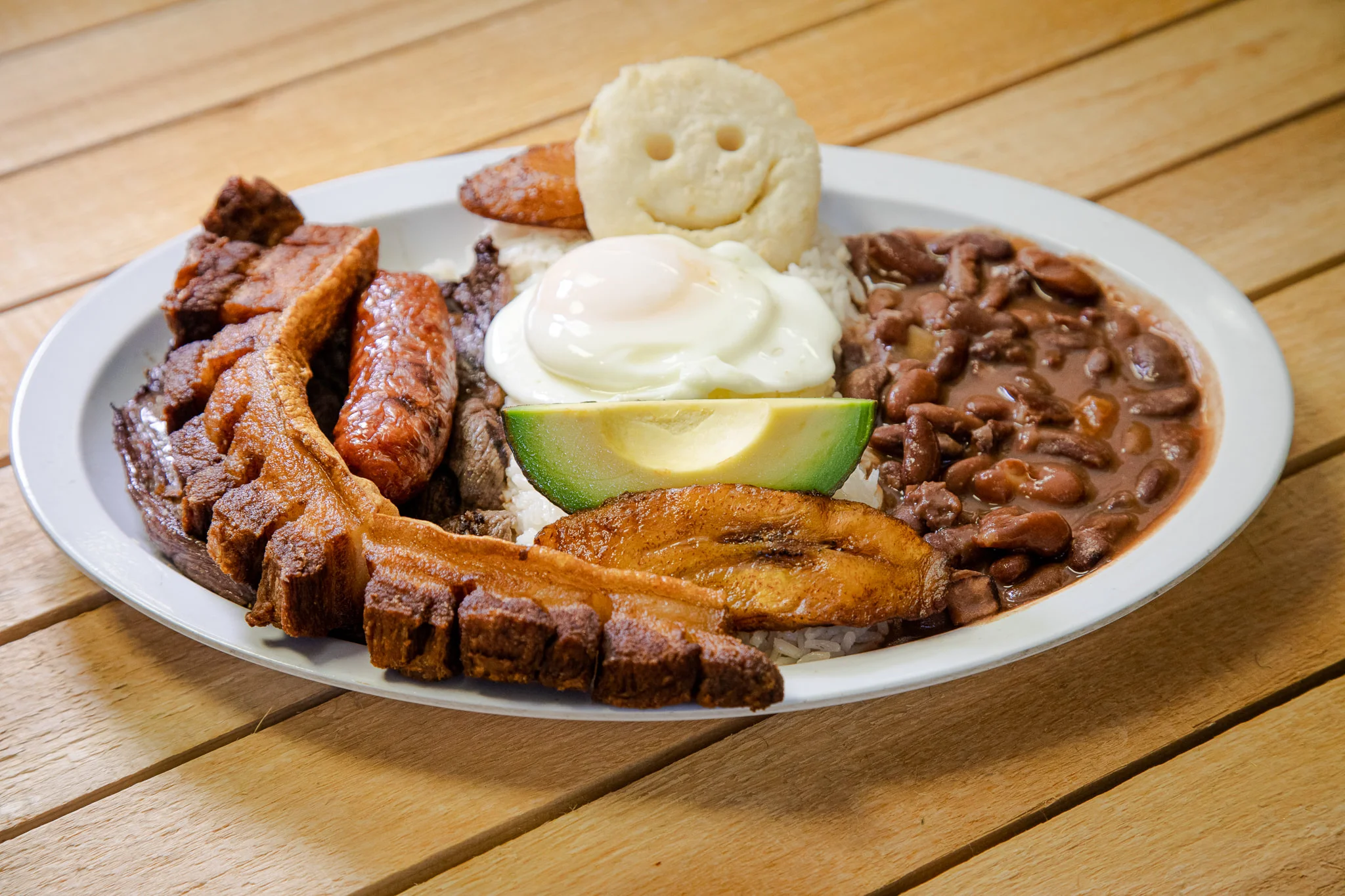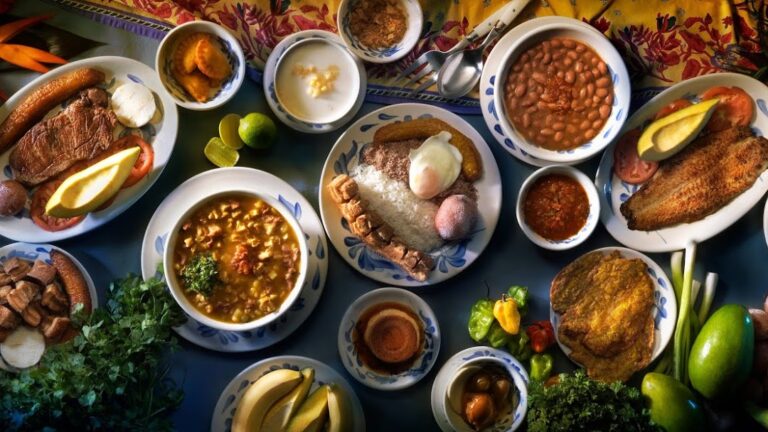Colombian cuisine offers a rich tapestry of flavors and dishes that reflect its diverse culture and geography. The animated film Encanto, with its vibrant portrayal of a magical family living in Colombia, has brought the spotlight to Colombian food, showcasing traditional dishes that are integral to the country’s culinary heritage.
In this article, we delve into the delectable world of Colombian cuisine in Encanto, exploring the traditional dishes that grace their tables and offering a glimpse into the rich culinary culture of Colombia.
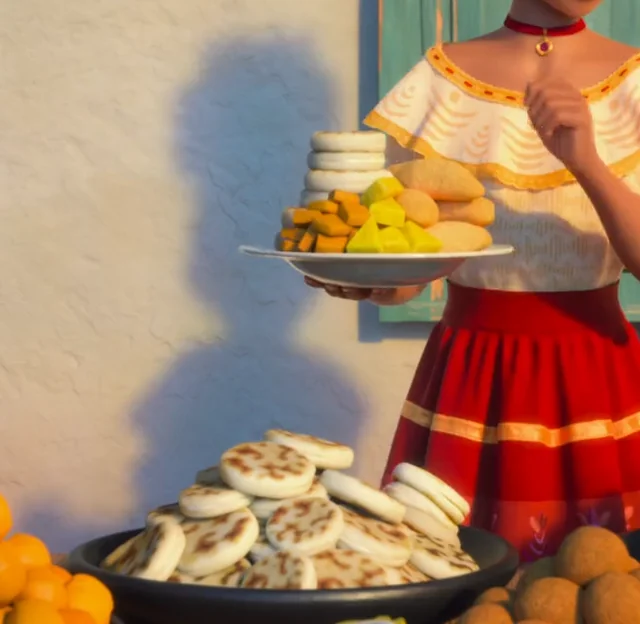
What Food Do They Eat in Encanto?
Encanto introduces viewers to a variety of Colombian dishes, each bursting with flavor and tradition. From the hearty arepas to the comforting sancocho, the food featured in Encanto is a true representation of Colombian culinary diversity.
Arepas, a staple in Colombian cuisine, are versatile cornmeal cakes that can be grilled, baked, or fried, and filled or topped with a variety of ingredients such as cheese, meats, or avocado. Sancocho, a nourishing stew made with chicken, beef, or fish, and a bounty of vegetables like potatoes, yuca, and plantains, is a dish that embodies the warmth and comfort of Colombian cooking.
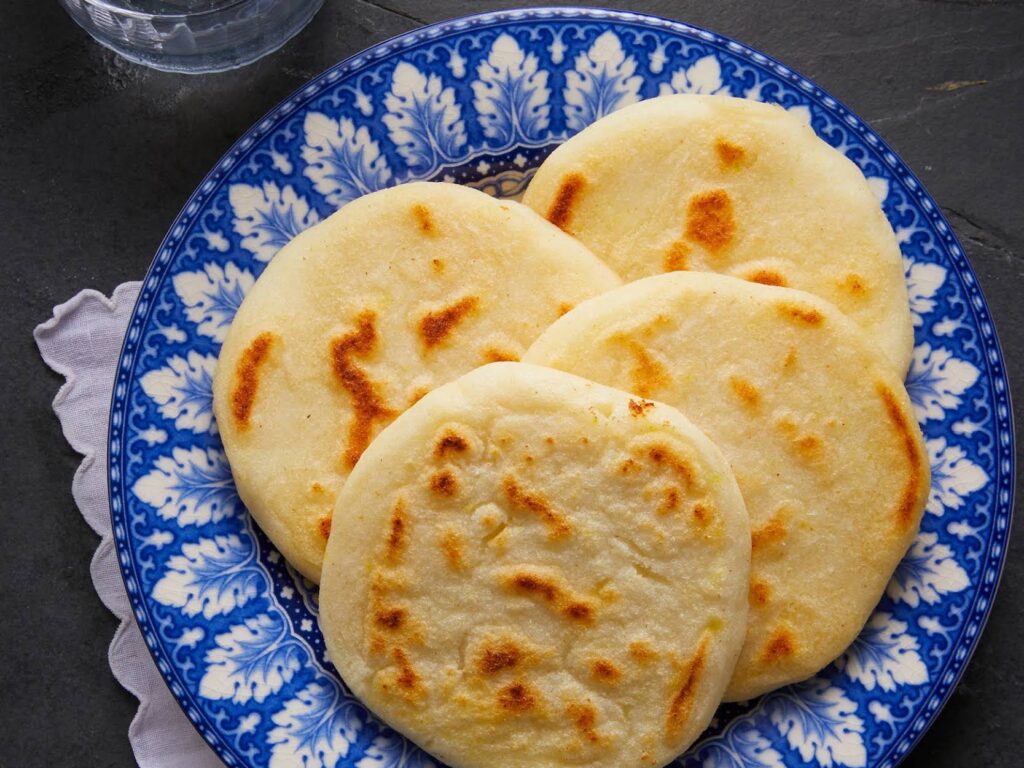
What Was Mirabel Eating in Encanto?

Mirabel, the film’s protagonist, is often seen enjoying typical Colombian fare that symbolizes the film’s cultural authenticity. One scene depicts Mirabel relishing a delicious arepa, emphasizing the importance of this humble cornmeal cake in Colombian daily life.
Arepas serve not only as a versatile and delicious food item but also as a symbol of Colombian unity and family traditions, often made and enjoyed together by families.
What Are They Eating at the Engagement Dinner in Encanto?
The engagement dinner in Encanto is a feast for the eyes, showcasing an array of Colombian dishes that celebrate the country’s culinary richness. Among the dishes served, bandeja paisa stands out as a centerpiece. This hearty platter includes rice, beans, chicharrón (fried pork belly), avocado, arepa, fried egg, and meat, offering a comprehensive taste of Colombian flavors. This dish is a testament to Colombia’s abundant cuisine, designed to satisfy the heartiest of appetites.
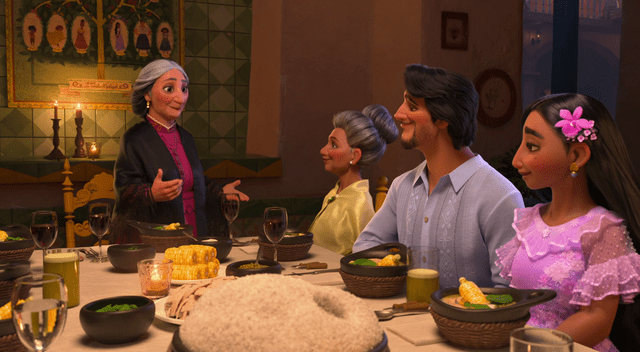
What Are 4 Colombian Foods?
Here’s a quick guide to help you bring a taste of Colombia right into your kitchen. We’re talking about Bandeja Paisa, Ajiaco, Empanadas, and Tamales – get ready for a flavor fiesta!
1. Bandeja Paisa
As mentioned, bandeja paisa is a quintessential Colombian dish known for its generous portions and variety of ingredients, reflecting the bounty of the Colombian land.
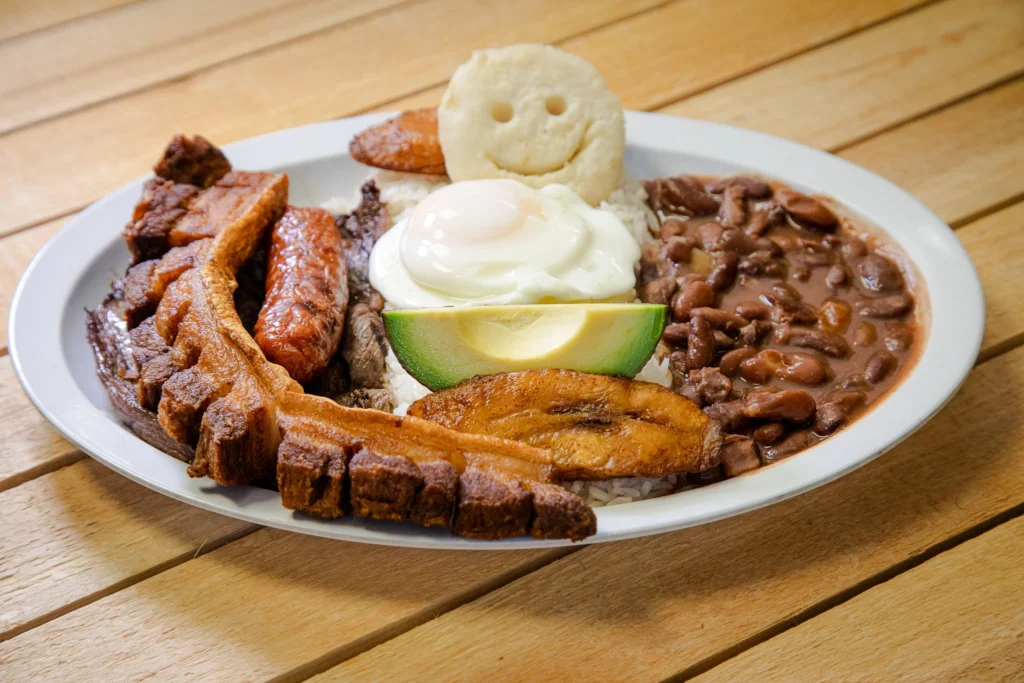
Ingredients:
- White rice
- Red beans cooked with pork
- Ground beef
- Chorizo
- Chicharrón (fried pork belly)
- Fried eggs
- Avocado
- Arepa
- Sliced tomato and cucumber for garnish
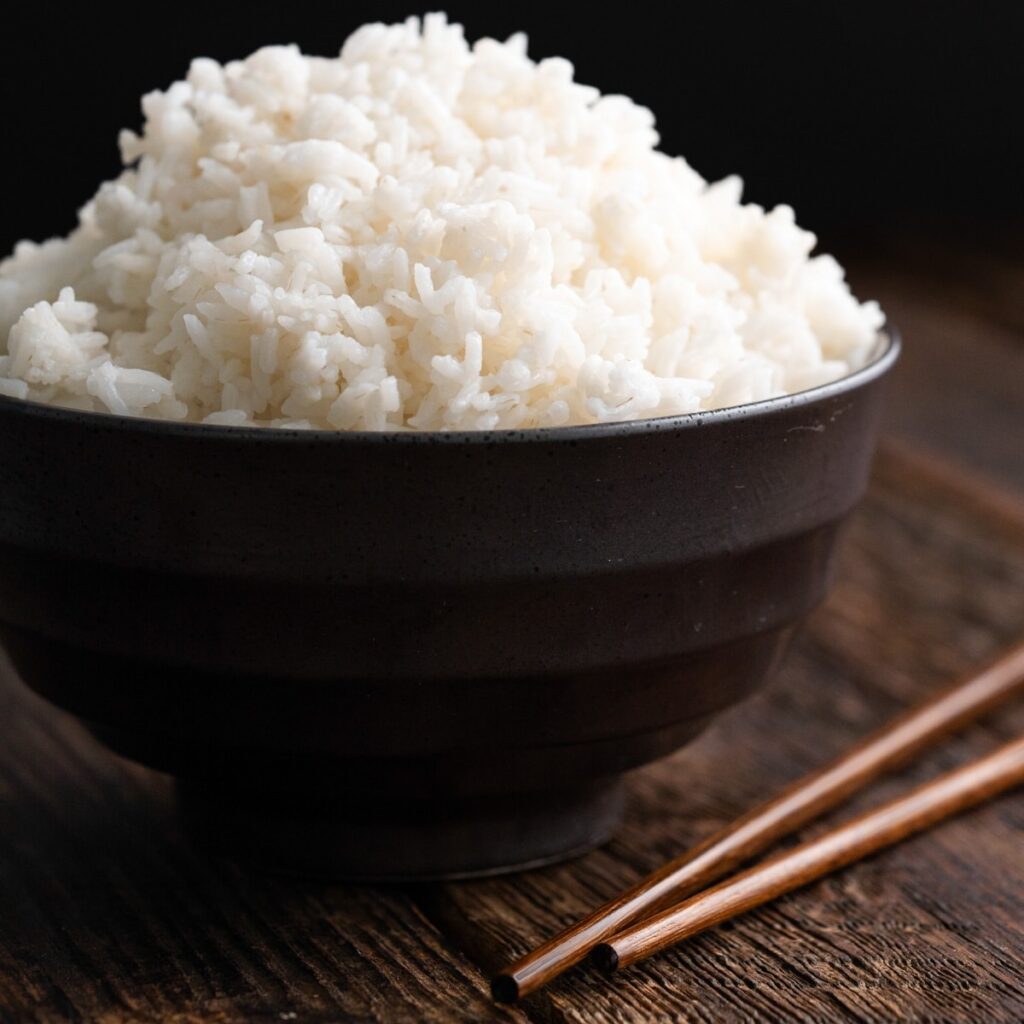
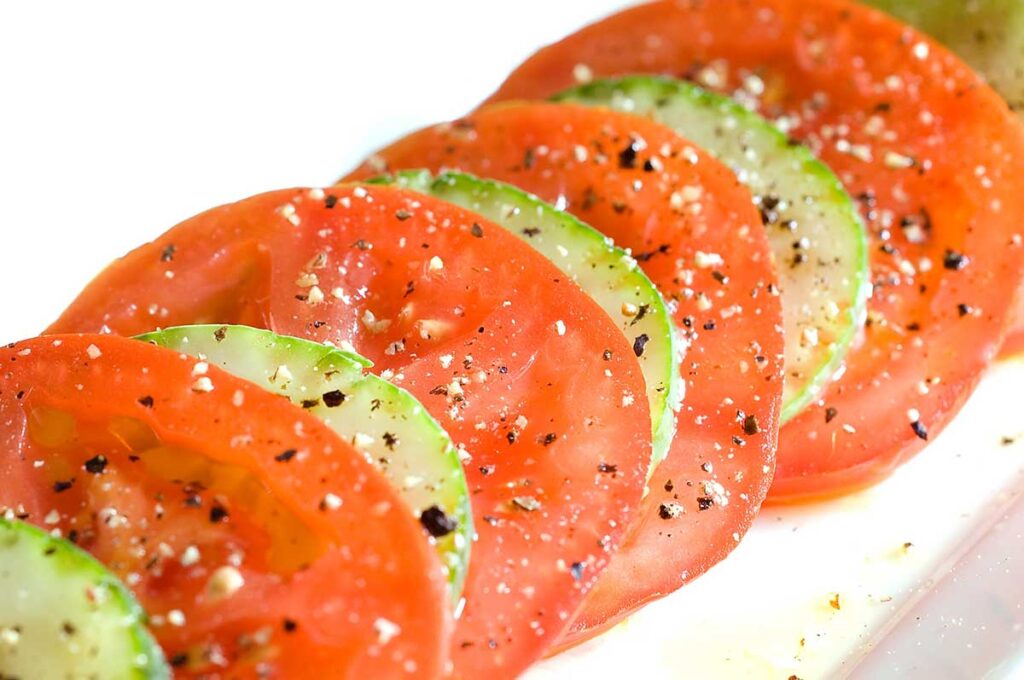
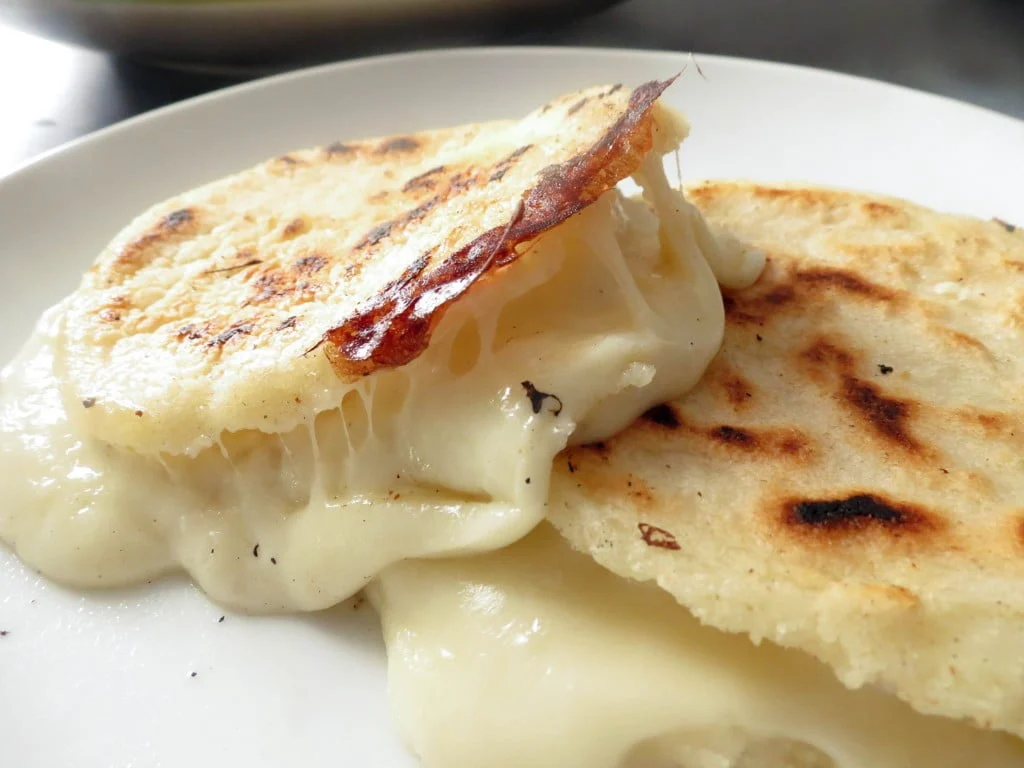
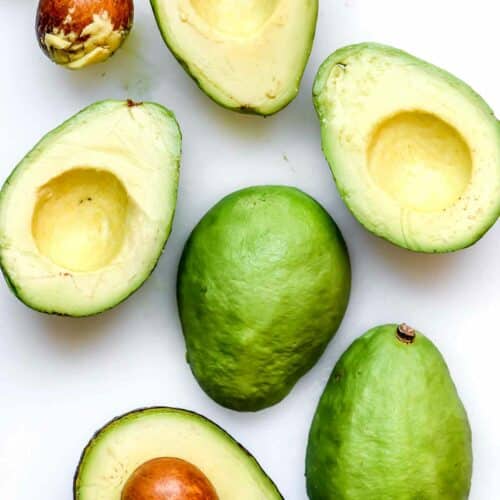
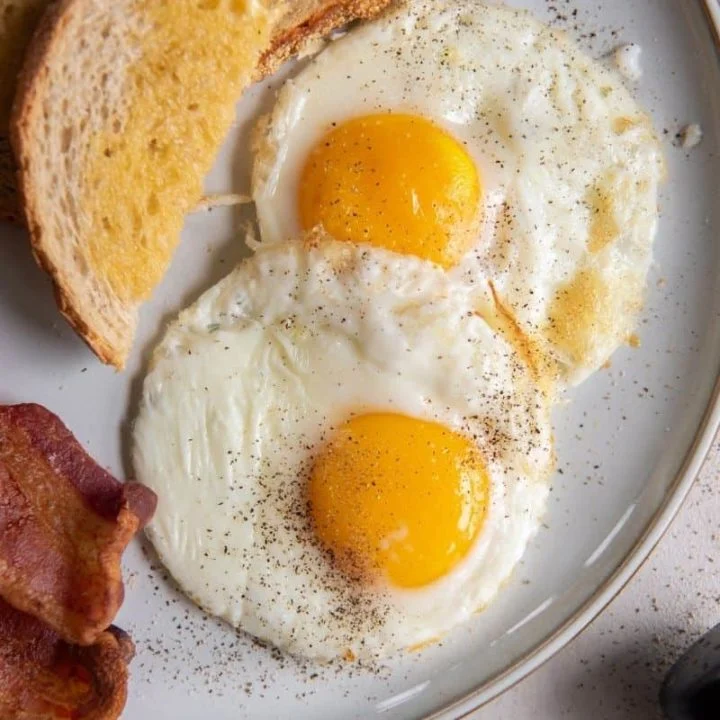
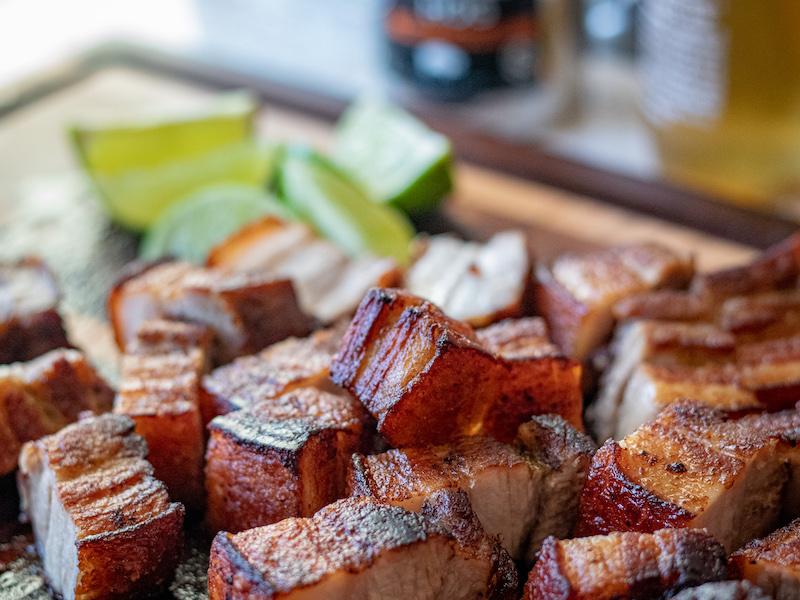
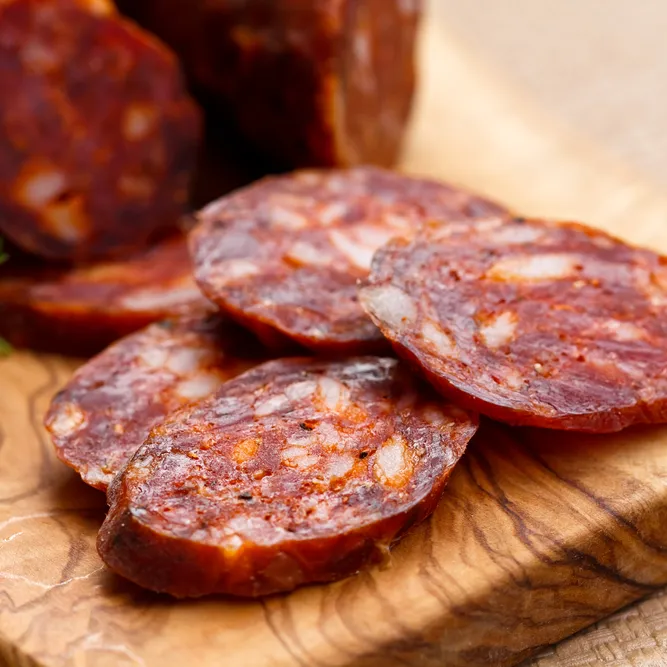
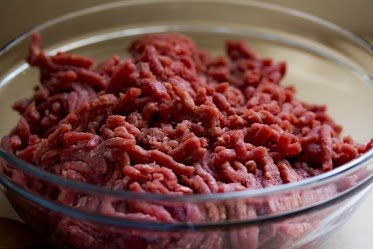

Instructions:
| Cook the Beans | Soak red beans overnight, then simmer with pork until tender. Add salt and spices to taste. |
| Prepare the Ground Beef | Season with salt, pepper, and cumin. Cook in a pan until browned. |
| Cook the Chorizo | Fry chorizo sausages until cooked through and set aside. |
| Make the Chicharrón | Deep fry pork belly until crispy. |
| Fry the Eggs | Fry eggs sunny-side up. |
| Assemble the Bandeja | On a large platter, arrange cooked white rice, beans, ground beef, chorizo, chicharrón, and a fried egg. Serve with an arepa, slices of avocado, and fresh salad on the side. |
2. Ajiaco
A traditional soup from the Andean region, particularly from Bogotá, ajiaco is made with chicken, three types of potatoes, and the Galinsoga parviflora herb, known locally as guasca. It’s typically served with capers, cream, and avocado on the side, offering a unique taste of Colombian comfort food.

Ingredients:
- 3 types of potatoes (red, russet, and Andean)
- Chicken breasts
- Corn on the cob, cut into pieces
- Guasca (a herb essential to Ajiaco)
- Chicken stock
- Heavy cream
- Capers
- Avocado for serving
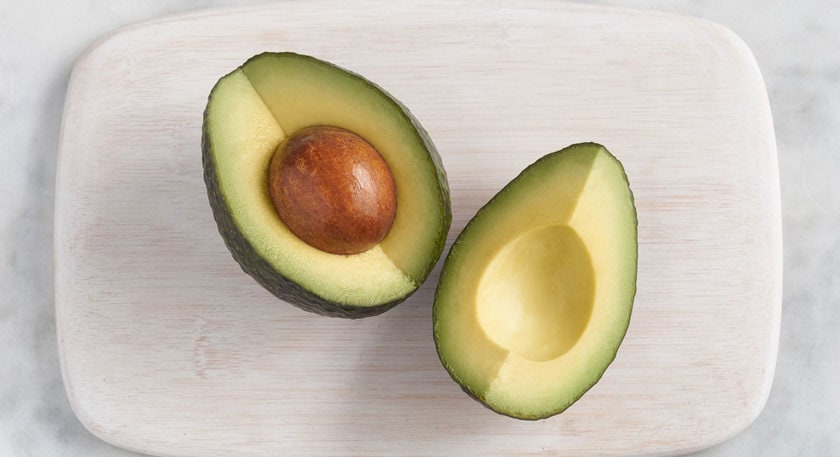
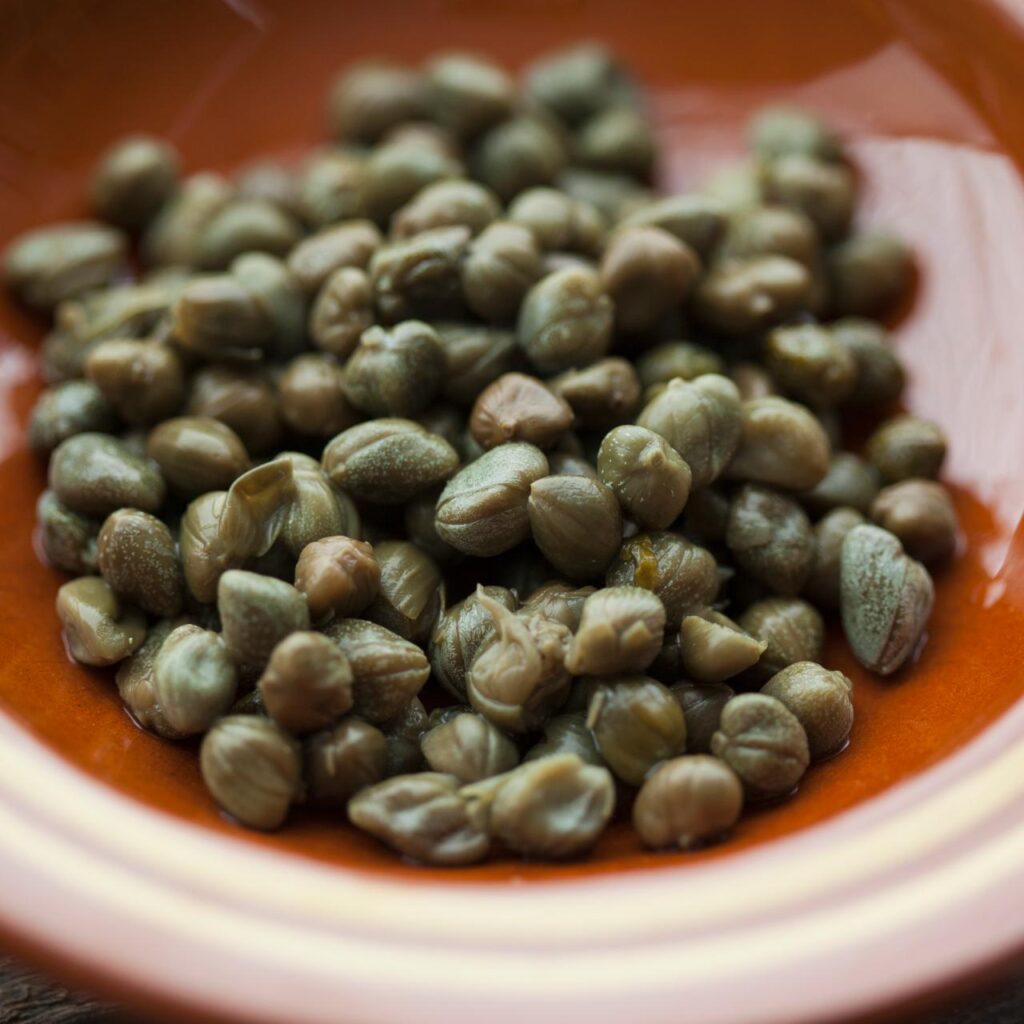
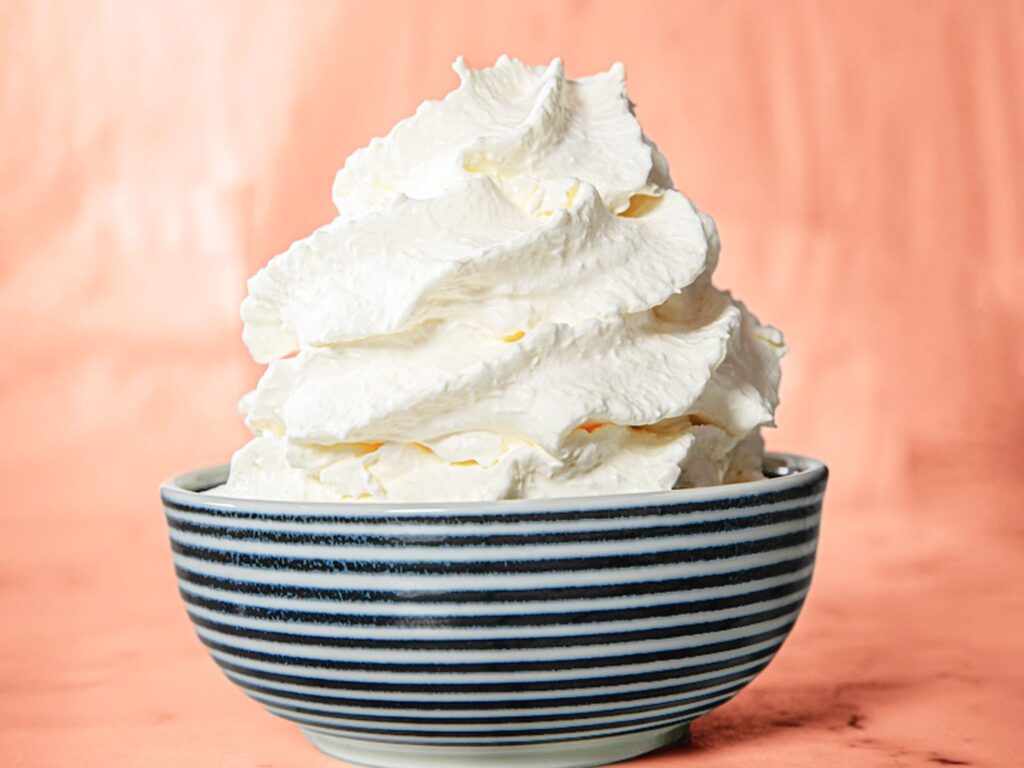
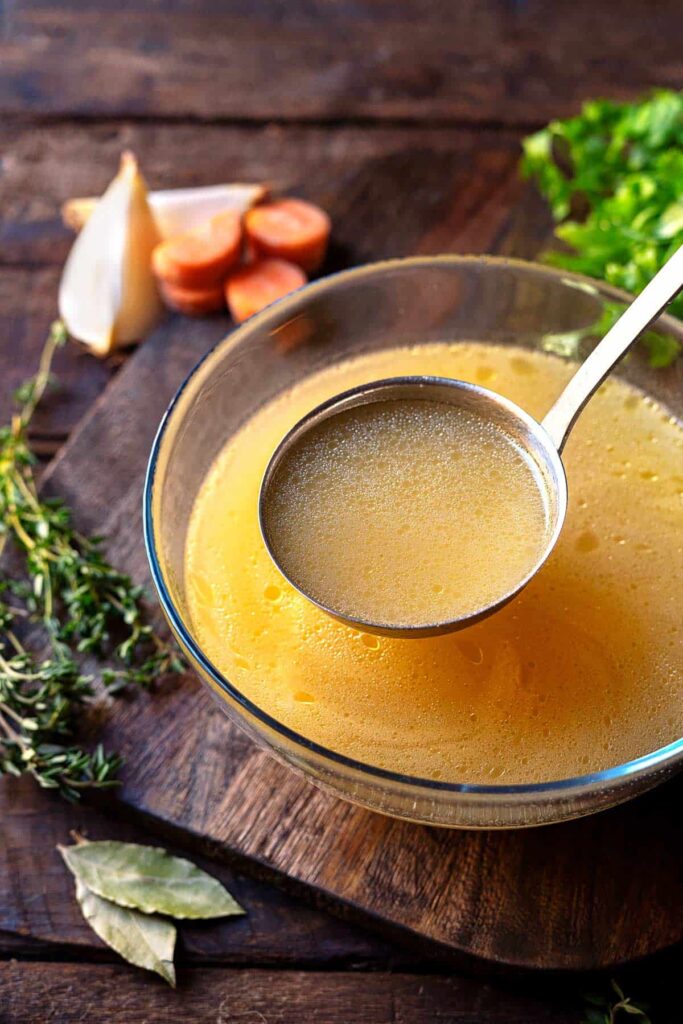
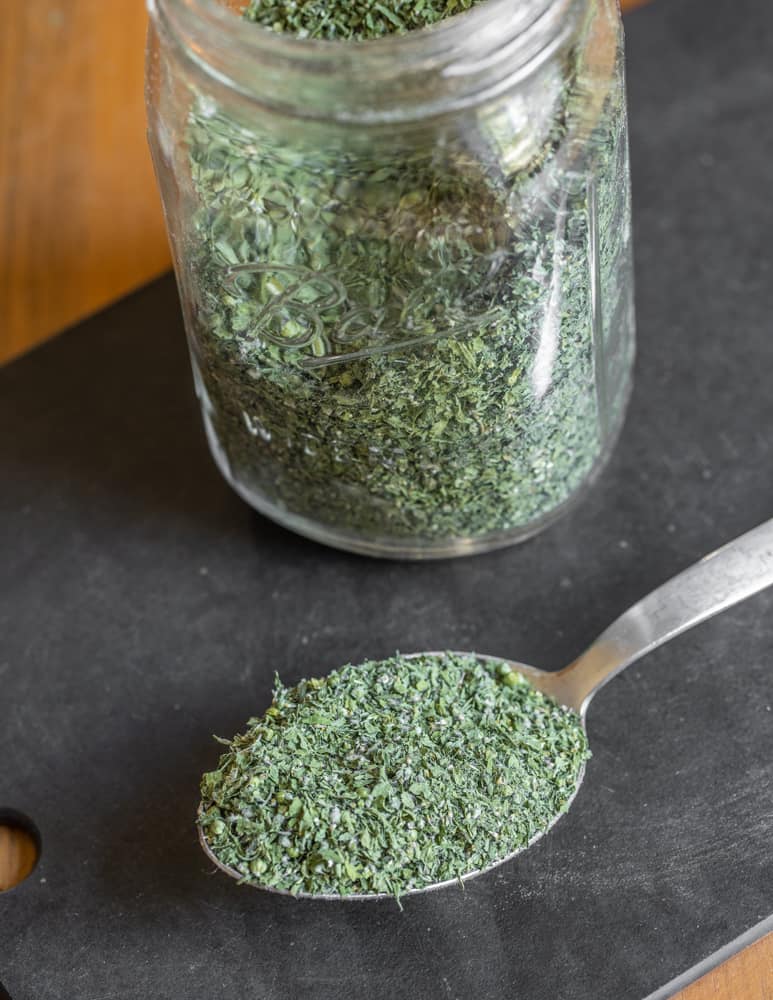
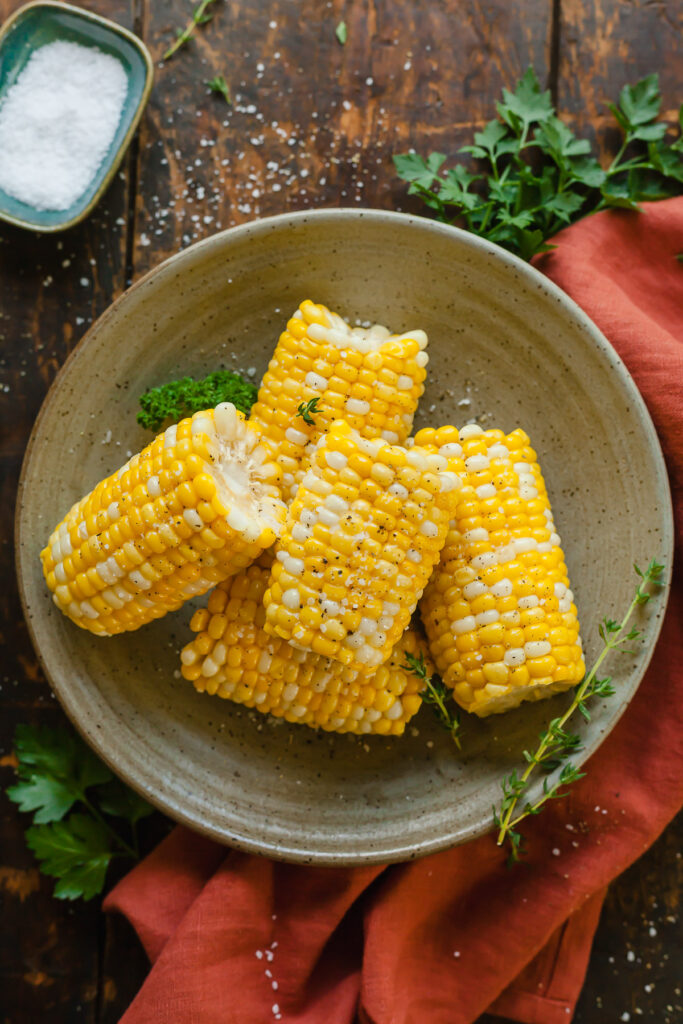
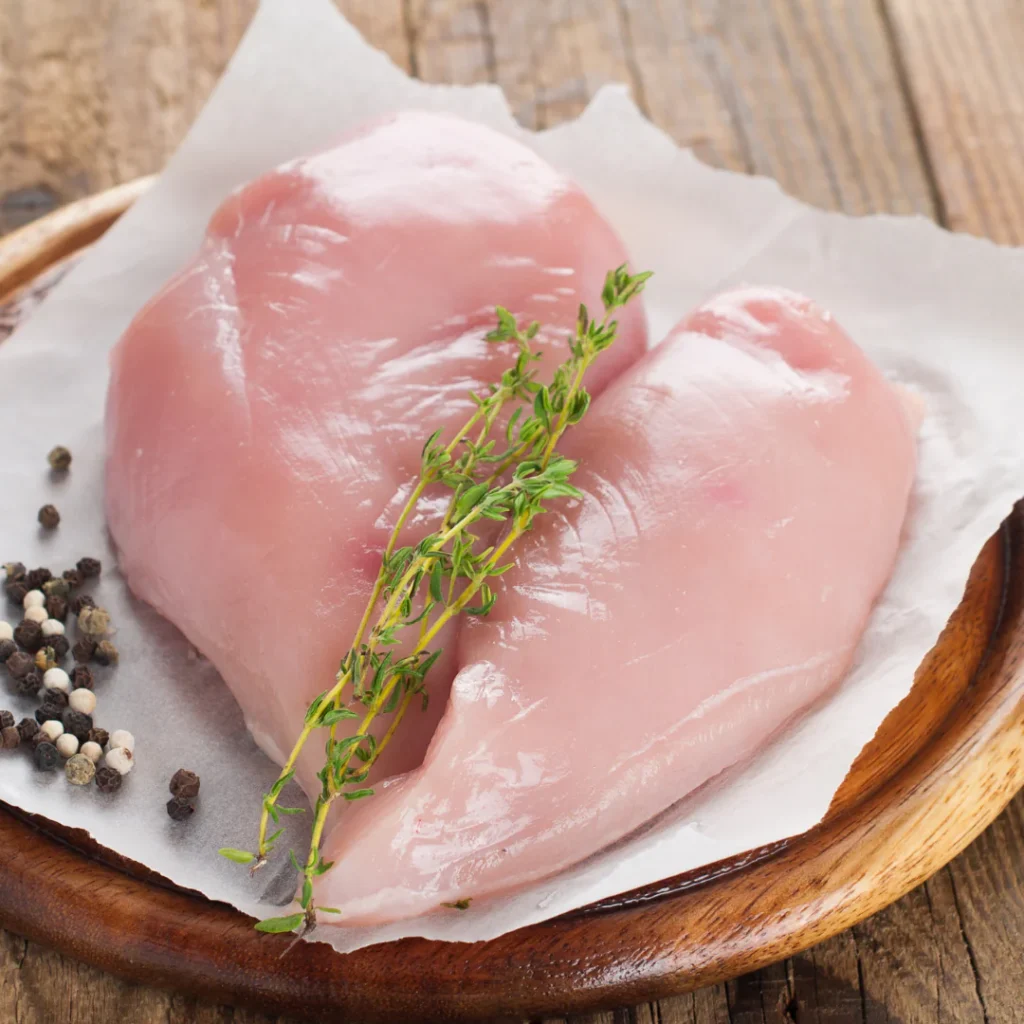
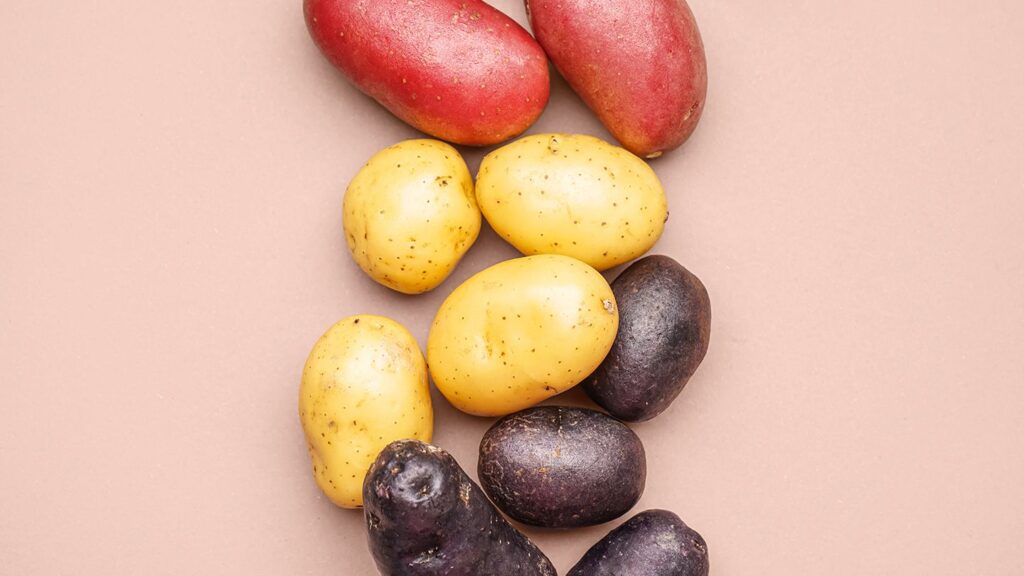
Instructions:
| Cook the Chicken | In a large pot, combine chicken breasts with chicken stock and simmer until cooked. Remove the chicken, shred it, and set aside. |
| Make the Soup | In the same pot, add diced potatoes and corn. Cook until the potatoes start to fall apart, thickening the soup. |
| Add Guascas | Add guascas and simmer for an additional 20 minutes. Season with salt and pepper. |
| Serve | Place shredded chicken in bowls, pour the soup over, and serve with a dollop of cream, capers, and slices of avocado on the side. |
3. Empanadas
Colombian empanadas are crispy, fried pastries filled with meat, potatoes, and spices. Served with a side of aji (Colombian salsa), they are a popular snack that embodies the flavorsome street food culture of Colombia.
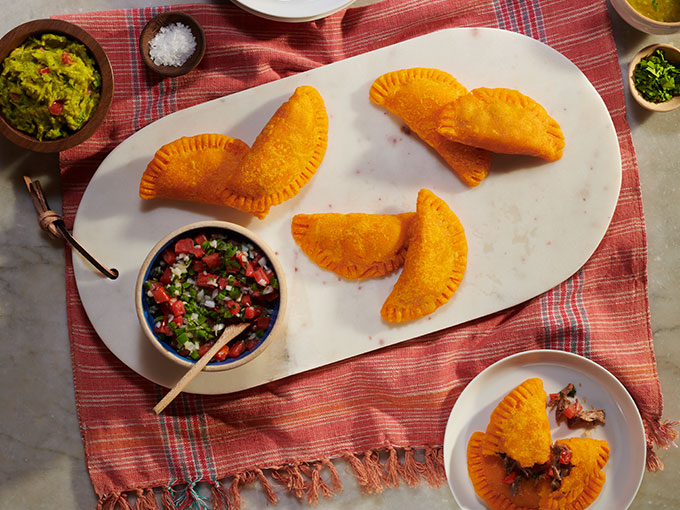
Ingredients for Dough:
- Cornmeal
- Warm water
- Salt
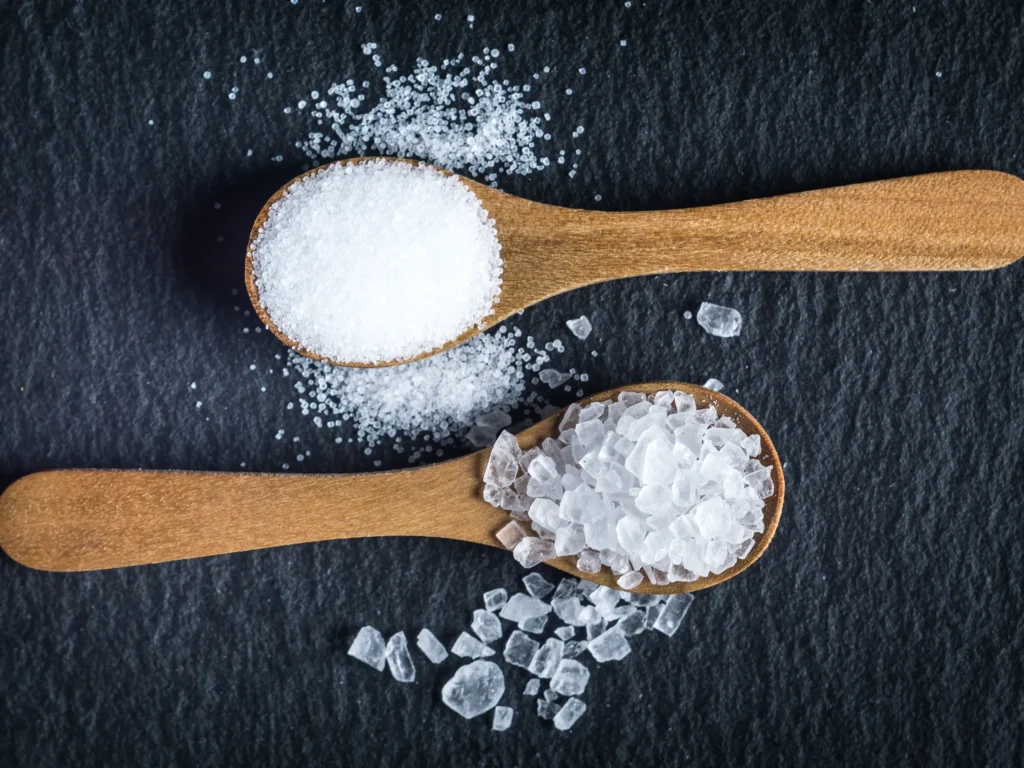

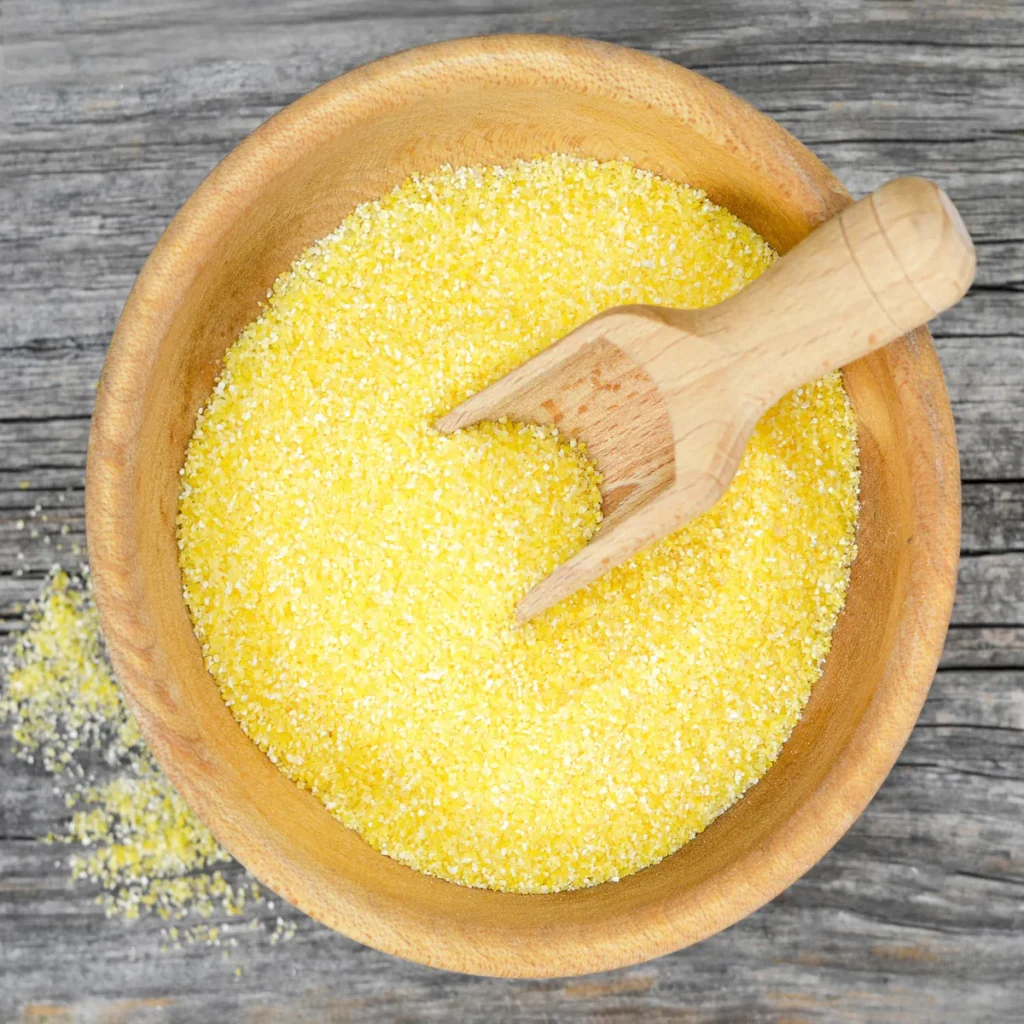
Ingredients for Filling:
- Ground beef or chicken
- Potatoes, peeled, cooked, and diced
- Tomatoes, finely chopped
- Onions, finely chopped
- Garlic, minced
- Cumin, salt, and pepper for seasoning
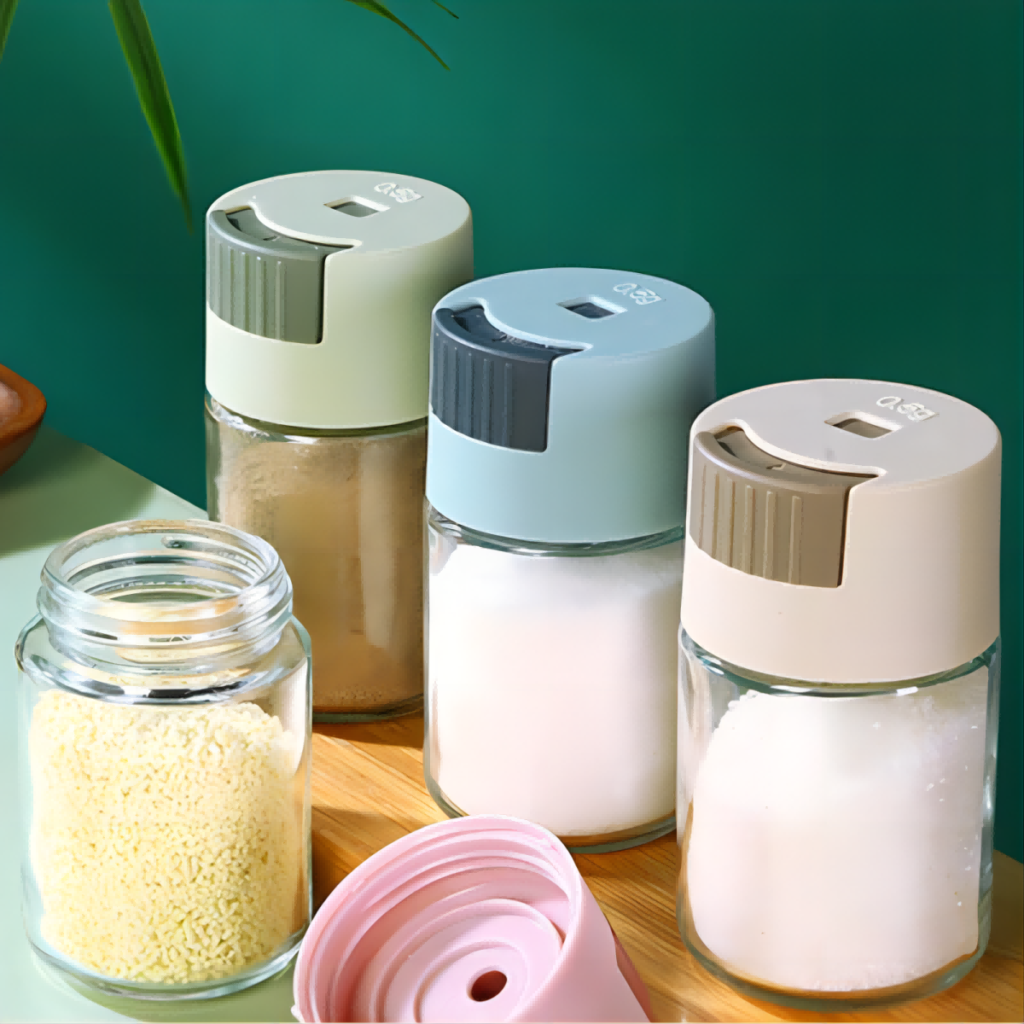
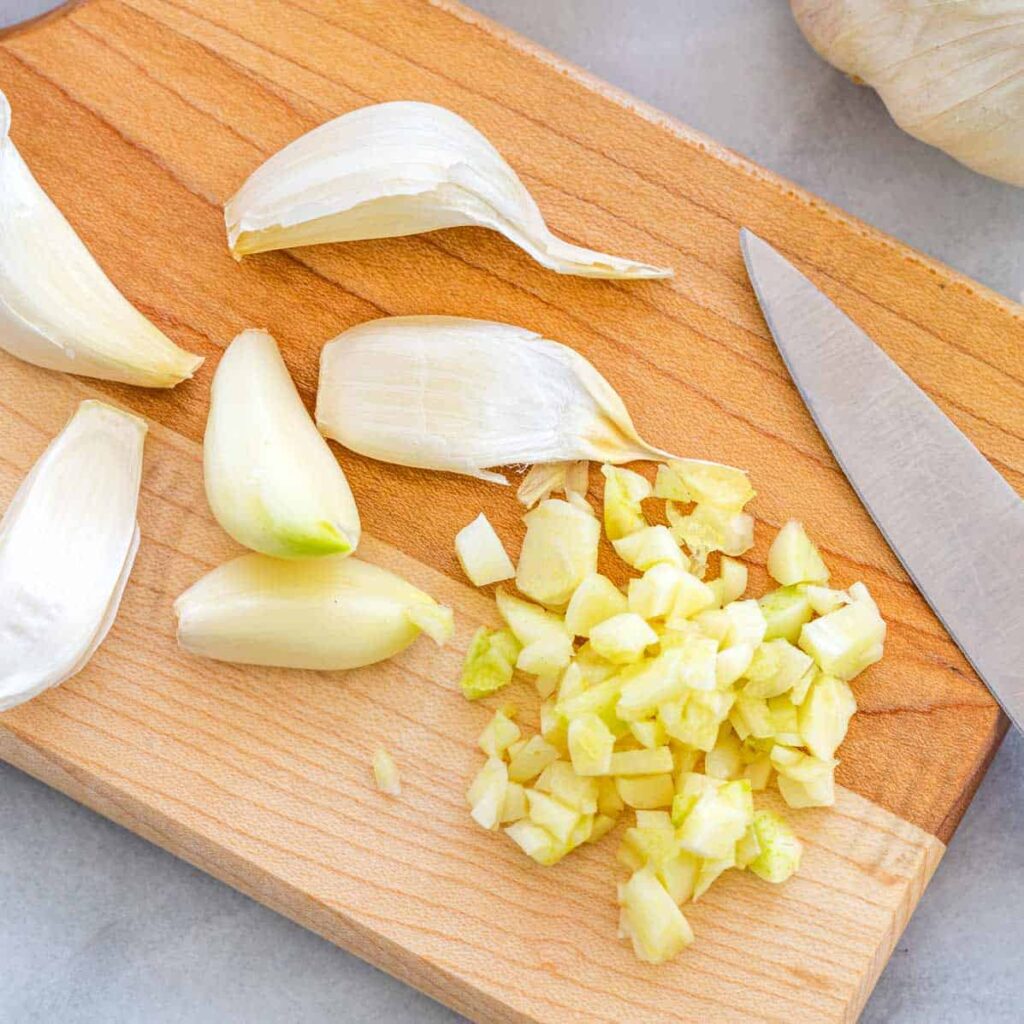
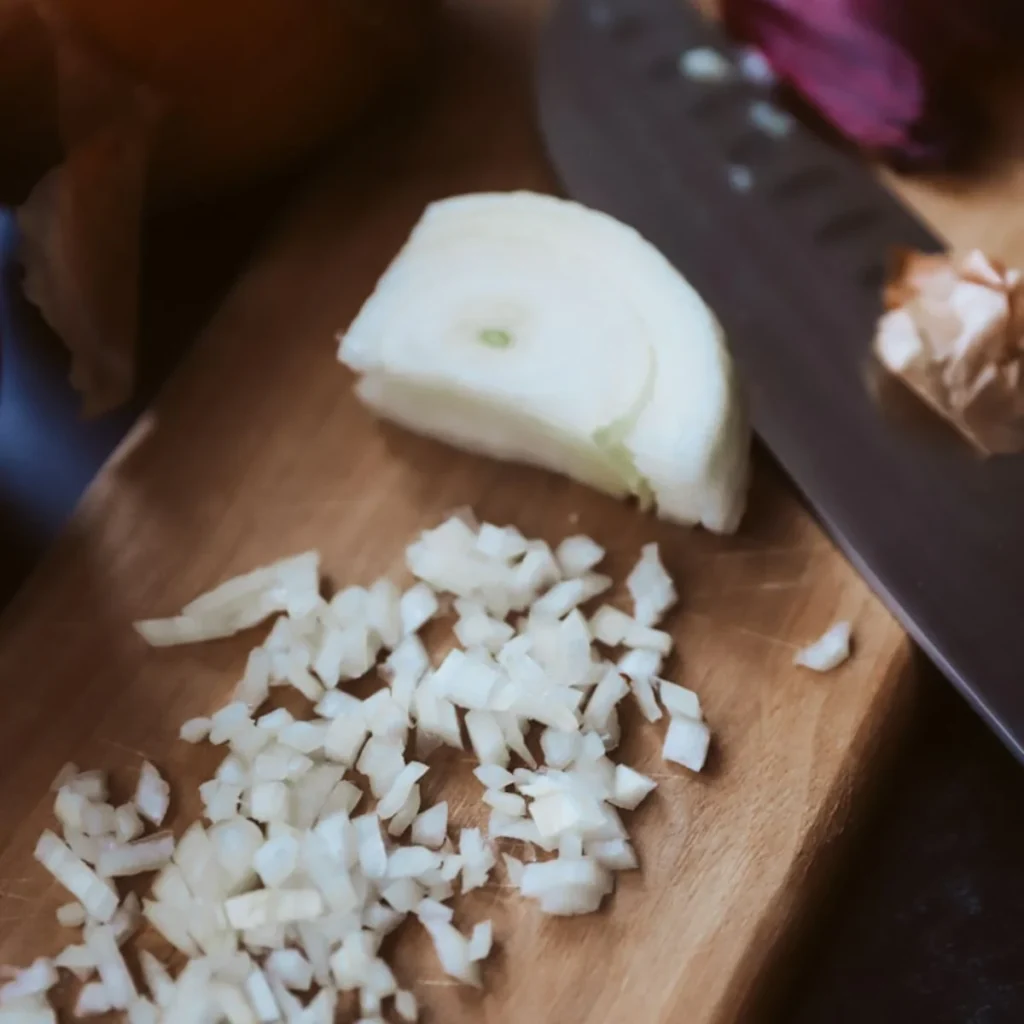
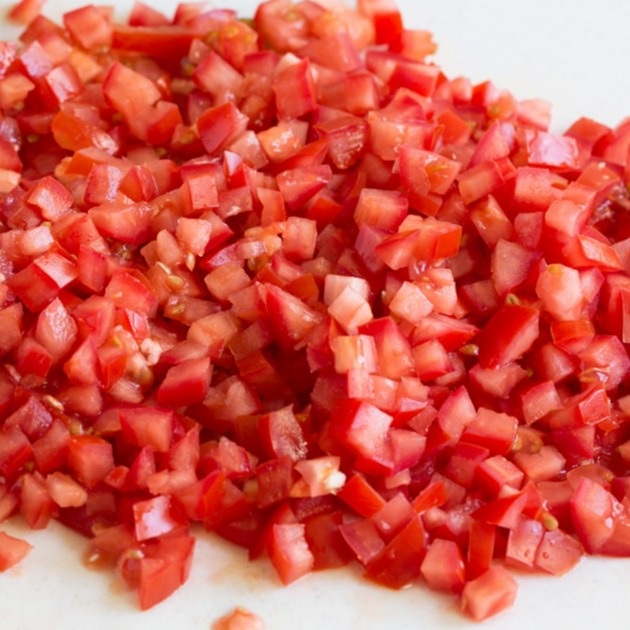

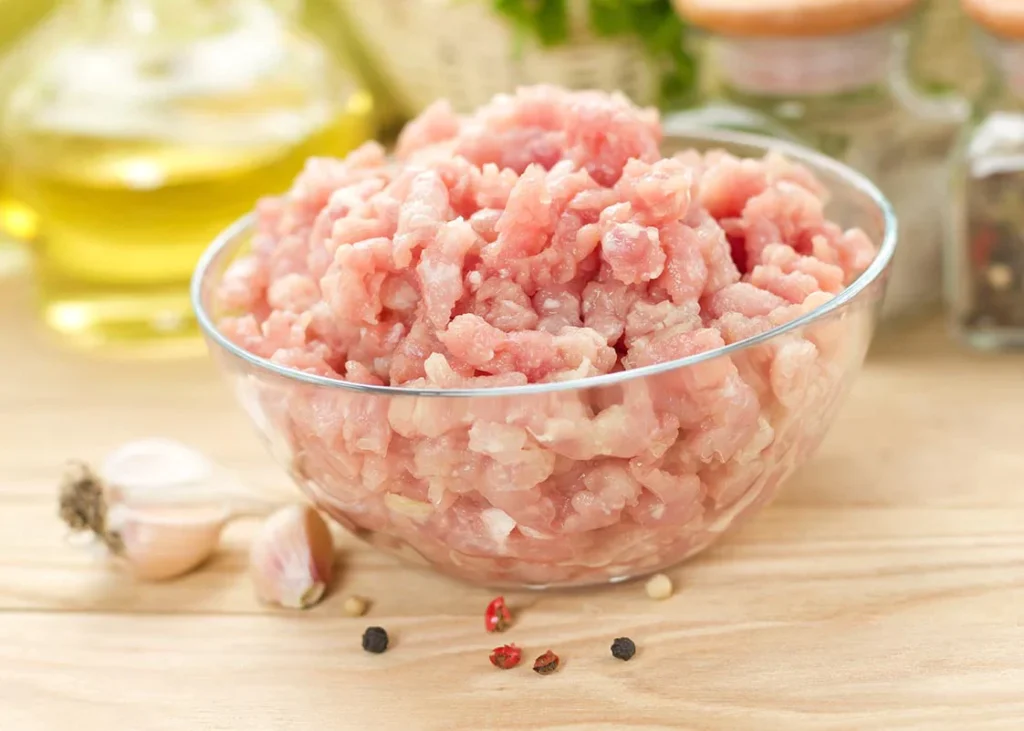
Instructions:
| Make the Dough | Mix cornmeal, warm water, and salt to form a dough. Let it rest. |
| Prepare the Filling | Cook onions, garlic, tomatoes, and ground meat. Add potatoes, season with cumin, salt, and pepper. |
| Assemble the Empanadas | Roll out the dough, cut into circles, fill with the meat mixture, fold, and seal the edges. |
| Cook | Deep fry in oil until golden brown. Serve with aji (Colombian salsa). |
4. Tamales
The tamales are made using a marinade of onion, garlic, bell peppers, scallions, cumin, sazon Goya, and water. The filling includes pork belly, pork meat, pork ribs, potatoes, peas, and carrots. The masa is prepared with yellow precooked cornmeal, water, salt, sazon Goya, and some reserved marinade. The tamales are wrapped in banana leaves and cooked by boiling for about 1 hour and 45 minutes.

For the Masa:
- 4 cups of yellow cornmeal (masa harina)
- 4 cups of chicken or pork broth
- 1 cup of vegetable oil or melted butter
- 1 teaspoon of salt
- 1 teaspoon of ground cumin
For the Filling:
- 2 pounds of pork shoulder, cut into medium-sized pieces
- 2 pounds of chicken, cut into pieces (bone-in or boneless)
- 2 tablespoons of ground cumin
- 2 tablespoons of ground achiote (annatto)
- 4 cloves of garlic, minced
- 1 large onion, finely chopped
- Salt and pepper to taste
- 4 potatoes, peeled and sliced
- 2 large carrots, peeled and sliced
- 1 cup of peas
- 4 hard-boiled eggs, cut into halves (optional)
For Wrapping:
- Banana leaves (fresh or frozen, thawed if frozen)
- Kitchen string for tying
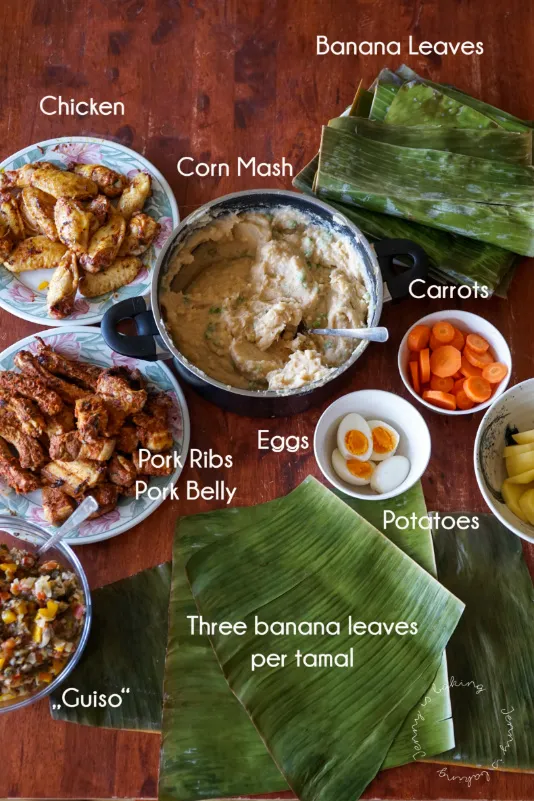
| Step | Instructions |
|---|---|
| 1. Prepare the Filling | Marinate the Meat: In a large bowl, combine the pork and chicken with cumin, achiote, garlic, onion, salt, and pepper. Mix well and marinate for at least 1 hour (preferably overnight) in the refrigerator. |
| Cook the Meat: In a large pot, add a little oil and brown the marinated meat over medium heat until it starts to cook through. Add a bit of water or broth, cover, and simmer until the meat is tender but not fully cooked (about 20 minutes). Set aside. | |
| 2. Prepare the Masa | In a large pot, heat the broth until it’s warm. |
| Slowly whisk in the cornmeal, stirring constantly to prevent lumps. | |
| Add the oil or melted butter, salt, and cumin, and continue stirring until the mixture thickens and the masa is smooth (about 15 minutes). The masa should be thick but spreadable. | |
| If the masa is too thick, add more broth; if it’s too thin, cook it a bit longer. | |
| 3. Prepare the Banana Leaves | If using fresh banana leaves, pass them over an open flame briefly to soften them, making them more pliable. |
| Cut the banana leaves into large squares (about 12 inches each). | |
| Wipe the leaves clean with a damp cloth. | |
| 4. Assemble the Tamales | Place a banana leaf square on a flat surface, shiny side down. |
| Spread about 1/2 cup of masa in the center of the leaf. | |
| Add a piece of pork, a piece of chicken, a slice of potato, a slice of carrot, a few peas, and a half of a hard-boiled egg (if using). | |
| Fold the banana leaf over the filling to form a secure package. Fold the sides in and tie with kitchen string to keep everything in place. | |
| 5. Cook the Tamales | In a large pot with a steamer basket or rack at the bottom, add enough water to just reach the bottom of the steamer basket. Bring to a boil. |
| Place the tamales upright in the pot, cover, and steam for about 2 to 3 hours, adding more water as needed to prevent drying out. | |
| The tamales are done when the masa is firm and pulls away from the banana leaf. | |
| 6. Serve | Carefully unwrap the tamales and serve them hot. They are often accompanied by hogao (a Colombian tomato-onion sauce) or simply enjoyed on their own. |
And there you have it, a culinary tour of Colombia without leaving your kitchen! Each of these dishes brings a unique flavor and tradition to the table, perfect for exploring the rich food culture of Colombia. Buen provecho!
Conclusion
The enchanting world of Encanto not only captivates audiences with its magical storytelling but also serves as a vibrant showcase of Colombian culture and cuisine. The film’s depiction of traditional Colombian foods offers a glimpse into the rich culinary heritage of Colombia, inviting viewers to explore the flavors and dishes that define this beautiful country. From the hearty bandeja paisa to the comforting bowl of ajiaco, Colombian cuisine is a testament to the nation’s rich agricultural landscape, diverse cultures, and communal values centered around food and family.
Colombian food, with its diversity and richness, continues to captivate and inspire food enthusiasts around the world. Whether it’s through the magical lens of Encanto or the bustling streets of Colombia itself, the journey into Colombian cuisine is an exploration of flavors, traditions, and the warmth of its people. As we delve into the dishes that define this nation, we not only celebrate the culinary artistry of Colombia but also the sense of community and heritage that these foods represent.
Disclosure: Our blog contains affiliate links to products. We may receive a commission for purchases made through these links. However, this does not impact our reviews and comparisons. We try our best to keep things fair and balanced, in order to help you make the best choice for you.
